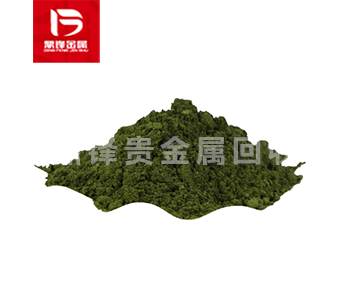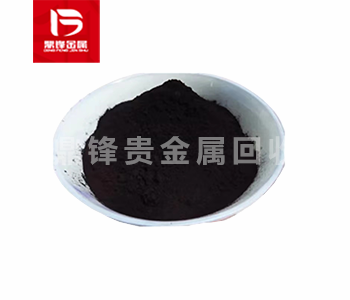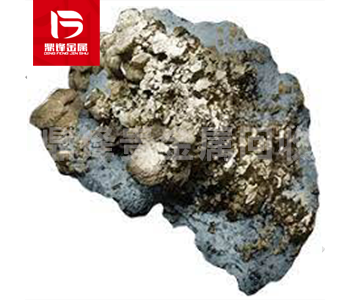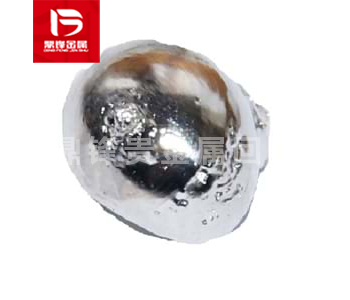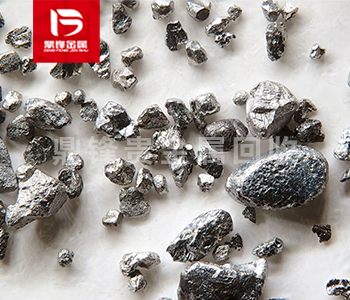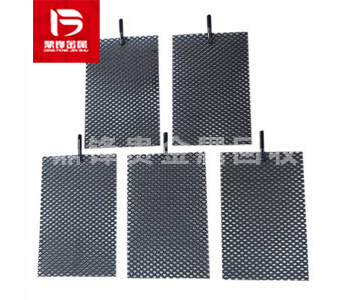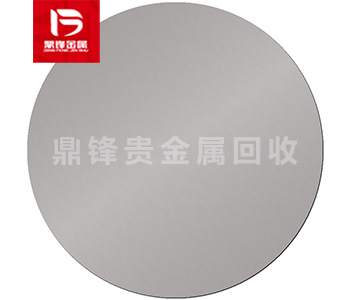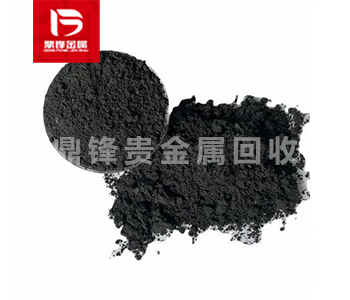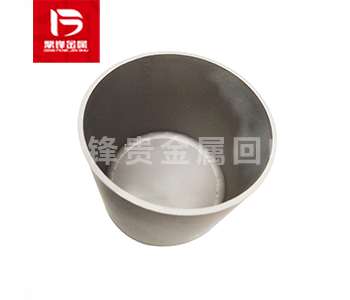Platinum-iridium alloy recovery and purification process
Platinum-Iridium Alloy is an extremely precious and high-performance metal alloy, which is widely used in high-end industries such as aerospace, medical, electronics, and chemistry. Due to its unique properties, the key applications of platinum-iridium alloy in many fields make it an irreplaceable material. With the widespread use of these materials, their recycling and reuse have become an important topic in today's precious metal recycling industry. This article will explore the significance, methods and challenges of platinum-iridium alloy recycling in depth to help readers understand the basic situation in this field.
What is platinum-iridium alloy?
Platinum-iridium alloy consists of two metals, platinum (Platinum) and iridium (Iridium). The combination of these two precious metals not only gives the alloy unique physical and chemical properties, but also makes it extremely corrosion-resistant, high-temperature resistant and good electrical conductivity. Platinum is a rare and expensive precious metal, while iridium is rarer than platinum and has extremely high density and melting point. Platinum-iridium alloy is usually used to manufacture high-precision measuring instruments, rocket nozzles, catalysts, and electrical contacts for high temperature and corrosive environments.
The significance of recycling platinum-iridium alloy
Both platinum and iridium are rare metals with limited natural resources and time-consuming and laborious refining process. Recycling platinum-iridium alloy can not only effectively alleviate the resource pressure of these precious metals, but also significantly reduce environmental pollution. For example, platinum-iridium alloy is widely used in automobile catalysts. Once these materials are discarded, it not only wastes precious resources, but also may cause a certain burden on the environment.
With the advancement of science and technology and the increasing demand for platinum-iridium alloy in all walks of life, recycling has become a key way to achieve resource recycling. While ensuring economic benefits, recycling can also reduce carbon emissions from the production of platinum and iridium and reduce the damage to the environment caused by mineral mining. Therefore, the recycling of platinum-iridium alloy is not only economically valuable, but also contributes to environmental protection and sustainable development.
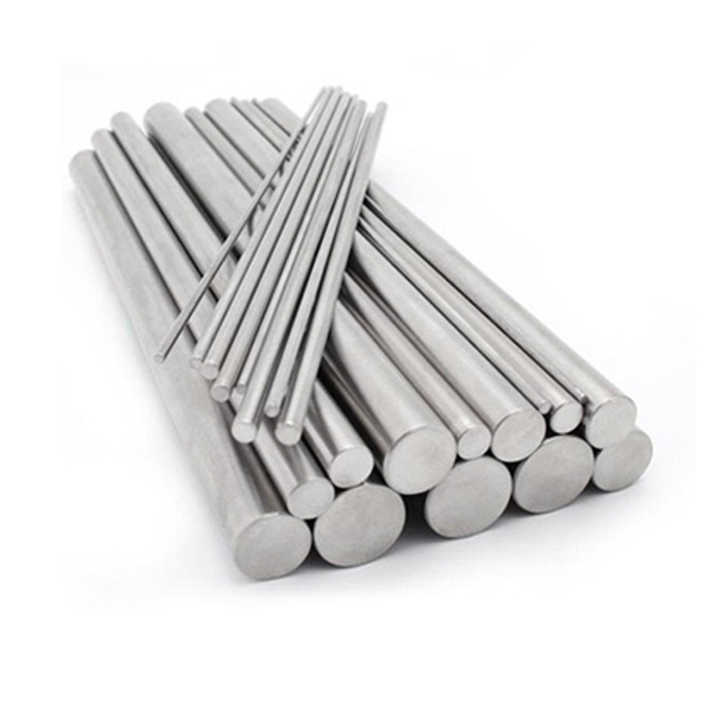
Methods for recycling platinum-iridium alloy
The recycling of platinum-iridium alloy is more complicated than that of other metal materials. Due to the extremely high melting points of platinum and iridium, specific technical means must be adopted in the recycling process. The following are several common methods for recycling platinum-iridium alloy:
1. Physical separation method: The physical separation method mainly separates platinum-iridium alloy from other wastes through various mechanical means. For example, impurities in the alloy can be initially removed by magnetic separation, screening, gravity separation and other methods. These methods are suitable for the preliminary treatment of waste materials containing a large amount of platinum-iridium alloy.
2. Chemical smelting method: Chemical smelting method extracts precious metals from platinum-iridium alloy through high-temperature smelting and chemical reaction. This process usually requires the use of strong acid and high-temperature gas to remove other impurities in the platinum-iridium alloy. Through this process, the platinum-iridium alloy can be purified and the precious metals in it can be recovered. Common smelting methods include chlorination method, nitric acid leaching method, etc.
3. Electrolysis method: Electrolysis method is to use electric current to make the metal ions in the platinum-iridium alloy migrate and deposit on the electrode, thereby realizing the recovery of precious metals. The advantage of this method is that it can efficiently and accurately recover platinum and iridium. Electrolysis is often used as the final refining step in the recovery of platinum-iridium alloy to obtain higher purity metals.
4. Heat treatment method: Heat treatment method is to heat the discarded platinum-iridium alloy to a certain temperature to separate other substances in the alloy from the precious metals. This method usually requires high-temperature furnaces for processing. Under certain temperature and pressure conditions, platinum and iridium can be deposited in a metallic state and further purified.
Challenges of platinum-iridium alloy recycling
Although platinum-iridium alloy recycling has significant economic and environmental benefits, it still faces many challenges in actual operation:
1. High recycling costs: The recycling of platinum-iridium alloys requires special equipment and technology, especially the extraction and refining processes require high temperature, high pressure and other conditions, which makes the recycling cost relatively high. In addition, the recycled platinum-iridium alloys need to undergo strict quality testing to ensure that the recycled precious metals meet certain purity requirements, so the recycling process is very complicated.
2. Unstable waste sources: The recycling of platinum-iridium alloys depends on the source of waste. The use of platinum-iridium alloys is often concentrated in the field of high-end technology, which makes the amount of waste relatively small and the distribution is relatively scattered. Recycling companies often need to finely classify and decompose waste from different sources, which further increases the difficulty of recycling.
3. Pollution risk: High temperatures, strong acids and other substances involved in the recycling process may pollute the environment, especially if the recycling plant is not properly managed, the emission of pollutants such as waste gas and wastewater may cause harm to the local ecological environment. Therefore, the recycling process needs to strictly follow environmental protection standards and take necessary measures to control pollution.
4. Market demand fluctuations: The market price of platinum-iridium alloys is affected by multiple factors such as the global economy and industrial demand. Market price fluctuations may directly affect the profit margins of recycling companies. When demand is high, recycling companies may make considerable profits by selling at high prices; when market demand is low, the recycling cost may be much higher than the selling price, resulting in a significant reduction in the economic benefits of recycling activities.


